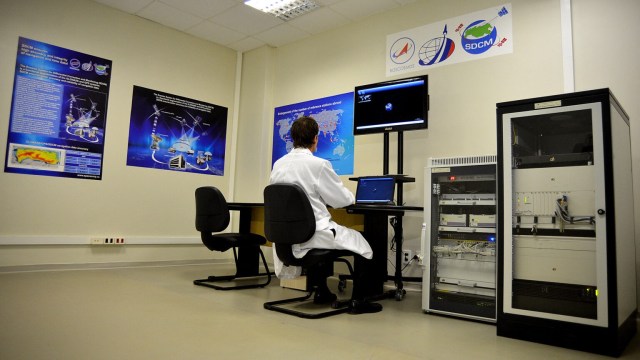
Russia announced its plans to install a GLONASS satellite navigation ground station in Venezuela. The GLONASS system is similar to the GPS of the United States and the Galileo system of Europe. According to the Russian space agency Roscosmos, the deployment of the station is part of the agreement between Moscow and Caracas on cooperation in the exploitation and use of outer space, ratified in June 2022.
By Diálogo Américas – Julieta Pelcastre
Sep 22, 2022
This announcement was already made in the past without ever materializing, Argentine news site Infobae reported. In December 2018, Nicolás Maduro, through its Twitter account, had said that the prompt installation of the GLONASS system would “improve telecommunications.”
For international security expert Joseph M. Humire, director of the Washington, D.C.-based think tank Center for a Free and Secure Society, this “is part of the [Russian] strategy to move Latin América into a conflict zone,” he told Diálogo on August 14.
A similar base installed in Nicaragua has been raising suspicions of espionage and is shrouded in secrecy. According to a March 17 report from Guatemalan daily Prensa Libre, the base monitors calls from the U.S. Embassy, and is part of the electronic and telephone surveillance carried out by the Nicaraguan Institute of Telecommunications and Postal Services.
Russia has four GLONASS ground stations in Brazil, three in Antarctica, and one in South Africa. The Kremlin plans to install more systems in Argentina, Brazil, Cuba, and Ecuador, “to standardize its military presence, conduct joint exercises, and routinely have its ships, soldiers, and people in Latin América,” Humire said. “México could also come into the Russian geopolitical sight.”
Drone system
Russia plans to strengthen its “Caribbean triangle” (Venezuela, Cuba, and Nicaragua) with satellite bases and radar stations to spy on the countries of the region and report on their military and civilian movements, which GLONASS can facilitate. Caracas has several such surveillance stations from which drones made in China and Iran operate, most of them in border states with a range as far as Bogotá, the Spanish daily ABC reported.
According to Humire, drone systems are among the issues least talked about in Latin América. Drones are able to fly below the areas that regional air forces typically monitor with radars and air control systems, he said.
Drone systems need satellites and “GLONASS could give them more flight capability and that can be used to destabilize borders,” Humire added.
Drones enable “upstream” surveillance, allowing a state to monitor and intervene in matters both inside and outside the country, far from its immediate border, for example by assessing migration patterns and observing events in neighboring countries, the report of British nongovernmental organization Drone Wars Crossing a Line, The Use of Drones to Control Borders, indicates.
“The result is an invisible, quietly growing dragnet within which the state is increasingly able to observe and intrude in the lives of citizens,” the report says. “A drone flown close to the border with a neighboring state with which relations are poor may be seen as provocative and bring about potentially dangerous consequences.”
Long term
“In the long-term Russia wants Latin América to be hostile to the United States, and not only for governments, but for [Latin American] citizens to begin thinking that the U.S. is corrupt, is bad,” Humire said. “That will not only affect the U.S. government but the citizens themselves, because it puts them in a situation where it is more dangerous for a U.S. citizen to travel for tourism or business to the region.”
…
Read More: Diálogo Américas – Russia to Install Satellite Navigation System in Venezuela
…

